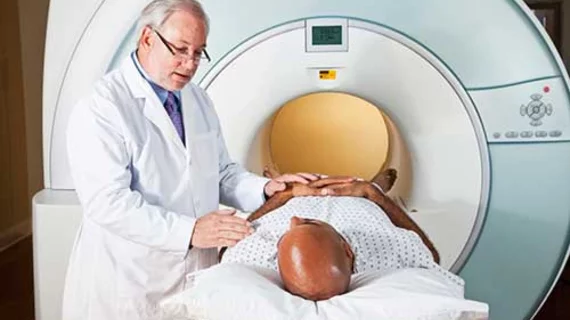Modality log files show patient motion during MR exams costs radiology departments time and money
Repeating MR exam sequences due to patient motion results in high departmental costs, both in the form of time and money. But new research analyzing modality log files presents an opportunity for improvement.
It is estimated that patient motion affects 10%-42% of all MR exams of the head, resulting in poor image quality that can negatively impact a radiologist’s ability to accurately interpret images. Motion can also prompt radiographers to repeat sequences to provide radiologists with diagnostic-level exams.
Modality log files (MLFs), which are stored locally in the MR system, contain information about these repeated sequences, as well as terminated sequences and other exchanges between the user and the system.
“MLF data may be a useful tool to predict patterns of scanner and sequence performance that may help identify pitfalls of diagnostic imaging in a clinical environment, particularly with respect to patient motion,” corresponding author Jalal B. Andre, MD, with the Department of Radiology at the University of Washington in Seattle, and co-authors explained.
Researchers investigated the role patient motion has on repeated sequences by having a neuroradiologist evaluate one full month of MR exams of the head and neck. They compared the radiographer's findings against available MLF data.
By combining the rad’s expertise on motion artifacts with the MLF data, they observed the highest rates of repetition were during exams with "severe" motion scores. The axial T1-weighted sequence (before and after administering GBCA) was the most frequently repeated.
In addition to repeat rates, the researchers also examined the total time lost due to patient motion. Though the 2D axial FLAIR sequence was the No. 5 most repeated sequence, it accounted for the most time lost due to repetition (68.3 minutes).
Repeated exams have clinical and financial impacts. The experts noted patient motion during MR exams can cost $115,000 per scanner annually, which led them to recommend more future studies on the feasibility of motion correction techniques.
“With increasing demands for the use of advanced imaging technology such as MR, and reduced reimbursement rates, radiology practices need to become ‘hyper-efficient’ to remain competitive and need a means to measure the clinical, resource and financial impacts of interventions,” the experts suggested.
You can view the full research in Current Problems In Diagnostic Radiology.

